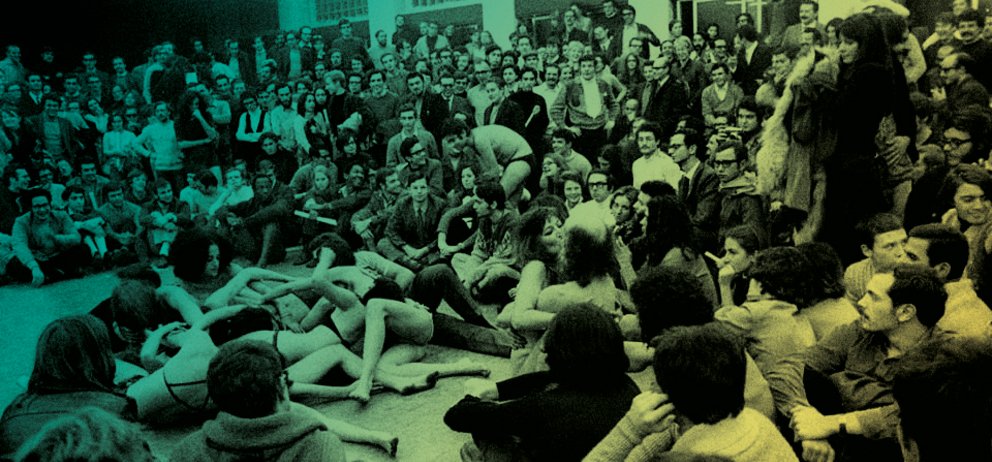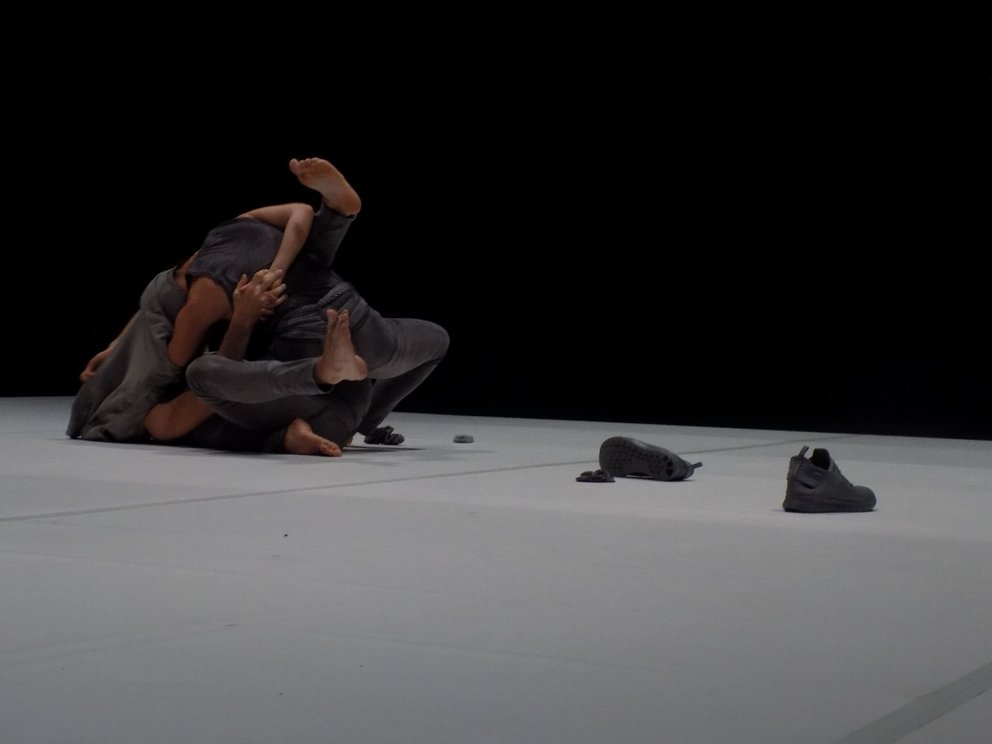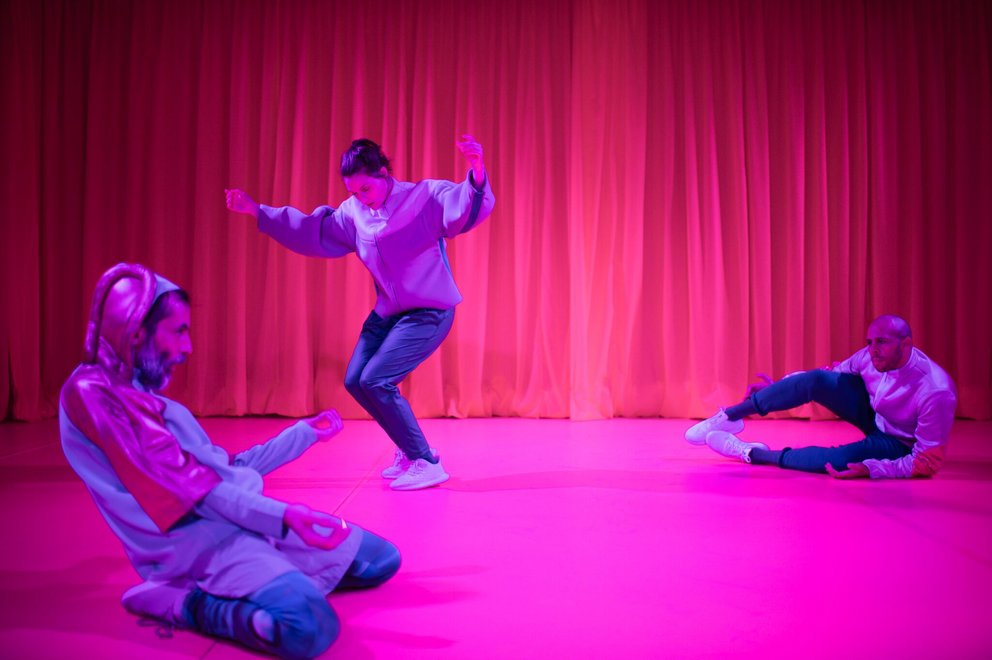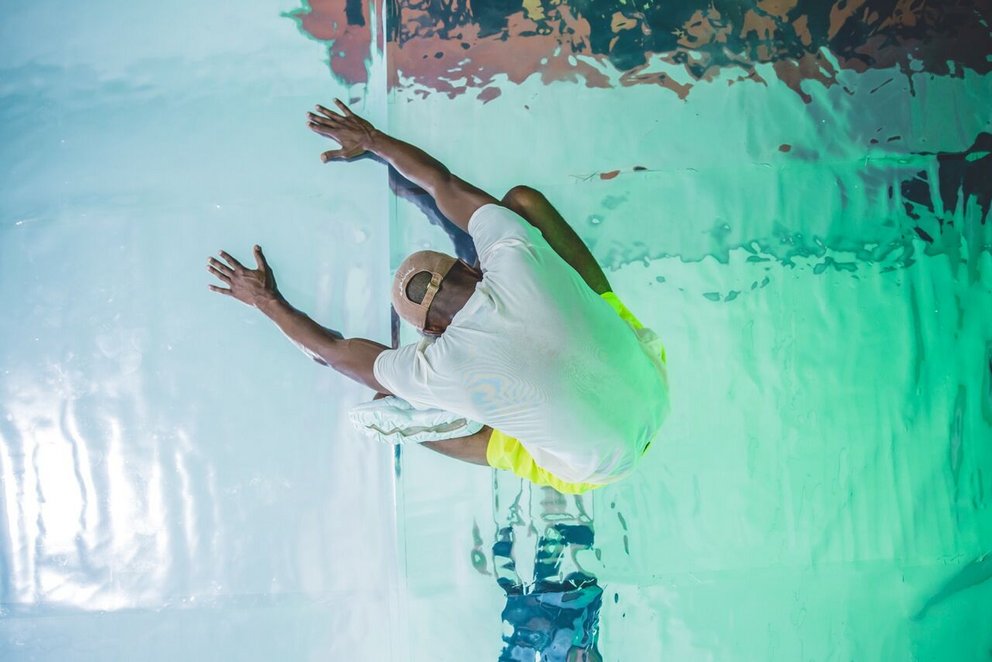The relevance of artistic and political legacy of the 60s
The year 1968 is described by the novelist Paul Auster as the moment when political, racial, sexual and cultural forces exploded into a ‘revolutionary volcano’. The dance world felt this eruption as dancers begun to challenge the traditional understanding of choreography and its place in the world. In fact, post-modern dancers like Trisha Brown, Steve Paxton, Lucinda Childs or Deborah Hay fundamentally changed the way we see, feel and understand dance as an art form today. It is even said that the post-modern generation made dance an intellectual art form.
It took years, until the 1980s before the new thinking became prevalent in Berlin. Today the world is here, and the global change that began fifty years ago has turned Berlin into an important place for the development of contemporary dance. Today, Tanzfabrik Berlin is celebrating its 40th anniversary, Tanz im August its 30th, HAU Hebbel am Ufer its 15th, and Sasha Waltz and Guests its 25th. Now, dance as an art form is more visible, accessible and diverse than ever, and contemporary dance especially seems to be at the forefront of experimental and radical art movements.
We asked Silvia Gribaudi, Maija Hirvanen, Felix Mathias Ott, Björn Säfsten, THE AGENCY and Bahar Temiz about the legacy of post-modern dance and their views on the future of contemporary dance, in general and in Berlin.




